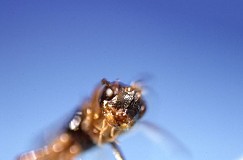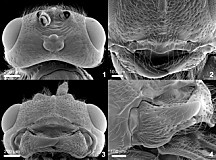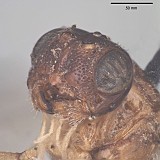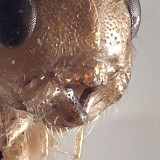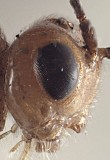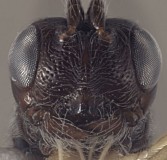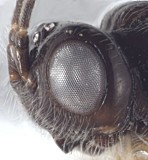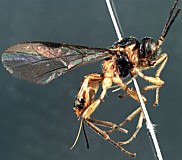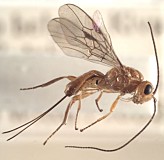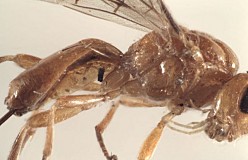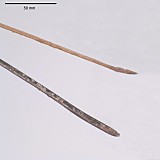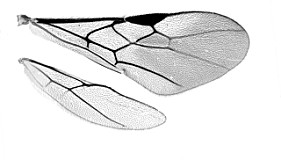Rhynchosteres Fischer, 1965
Remarks
The genus was fairly completely defined by both Fischer (1965) and van Achterberg (1983). Van Achterberg and Maetô (1990) stressed the unusual form of the clypeus in separating Rhynchosteres from other genera of what they referred to as the Diachasmimorpha group. While the protruding nature of the clypeus is indeed unusual for opiines, what is equally of interest is that the shape of the clypeus differs among most of the described species, sometimes dramatically. Details of clypeal morphology and transitions among species of Rhynchosteres and Fopius were discussed by Kimani-Njogu and Wharton (2002).
For additional information, see the Braconidae, Opiinae, and Fopius pages.
Taxonomic History / Nomenclature
Rhynchosteres Fischer, 1965: 314-315. Type species: Rhynchosteres tubiformis Fischer, 1965 (original designation).
Type locality of type species: Rutshuru, Congo; holotype female in Koninklijk Museum voor Midden-Afrika, Tervuren.
Valid genus.
The species were described and/or revised by Fischer (1965), van Achterberg (1983), and Kimani-Njogu and Wharton (2002).
Description
Nearly identical to Fopius in all respects except for the shape of the clypeus. In Rhynchosteres, the clypeus is strongly bulging medially (Figs. 1-7), with ventral portion of bulge deeply excavated, the clypeus thus forming either a tunnel-like or a hood-like structure, with the exact shape varying among species (Figs. 1-7). The labrum is consequently partially exposed by the median protrusion and excavation of the clypeus. The mandible in most species also has the outer surface flattened to slightly concave, especially basally (shown best in Figs 2 and 4). The mandible is evenly convex in species of other opiine genera reared from Tephritidae.
1.
Rhynchosteres tubiformis face and clype...
↴
2.
Rhynchosteres mandibularis head, s...
↴
3.
Rhynchosteres clypeatus ...
↴
4.
Rhynchosteres microps fa...
↴
5.
Rhynchosteres m...
↴
6.
Rhynchosteres brunigaster...
↴
7.
Rhynchosteres bruniga...
↴
8.
Rhynchosteres tubulatus late...
↴
9.
Rhynchosteres microps ha...
↴
11.
Rhynchosteres brunigaste...
↴
12.
Rhynchosteres clypeatus ...
↴
13.
Rhynchosteres mandibularis wing...
↴
Diagnosis and Relationships
The species of Rhynchosteres are virtually identical to certain species of Fopius except for the more unusually developed clypeus (see figures). The mandibles (with the exception of tuberculatus van Achterberg) are also highly modified (see Figs 2 and 4 in the description section). The species of Rhynchosteres and members of the Fopius desideratus species group share the same pattern of body sculpture (complete, sculptured notauli, oblique carina on propleuron, striate frons, and postpectal carina), and reduction of setae on the ovipositor sheath (Figs 11 and 12 in the description section). This combination of characters separates both Rhynchosteres and the Fopius desideratus species group from all other opiines with long ovipositors and a small second submarginal cell. Wharton (1987, 1997) and Kimani-Njogu and Wharton (2002) have discussed the relationships of Rhynchosteres and Fopius.
Distribution
No referenced distribution records have been added to the database for this OTU.
Biology / Hosts
All described species are from the Afrotropical region, and we have reared two of these (Rhynchosteres brunigaster Fischer and Rhynchosteres mandibularis Kimani-Njogu and Wharton) from fruit-infesting Tephritidae in Kenya. Rhynchosteres mandibularis was reared from one or both of the two species of Trirhithrum infesting fruits of Rawsonia lucida (Kimani-Njogu and Wharton 2002).

